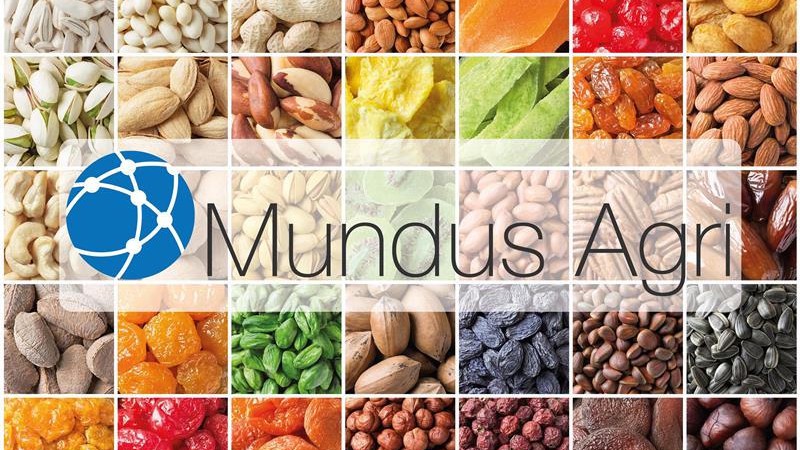Vanilla: EU imports hit record
December 4, 2019 at 1:48 PM ,
Der AUDITOR

Record EU import value
At 1,017 metric tonnes the vanillas imports to the EU from third-party countries have declined for a third consecutive year. Imports peaked in 2015 at 1,829 metric tonnes have decreased ever since. Although imports declined by 2.3%, it should, however, also be noted that the import value increased from EUR 371.59 million in 2017 to EUR 388.76 million in 2018. This is the highest value on record and reflects market developments in 2018 when limited supplies caused prices to peak higher than USD 600 per kg.
Although the import volumes from most origins declined in 2018, most notably from Uganda and from Australia, imports from Papua New Guinea and Madagascar rebounded by 46% and 7% respectively. This is in line with the developments in the global market as the black vanilla from Papua New Guinea has gained in attractiveness.
|
EU vanilla imports in mt |
|||
|
Country |
2017 |
2018 |
Diff. |
|
Madagascar |
793 |
851 |
7.3% |
|
Papua New Guinea |
28 |
41 |
46.4% |
|
US |
46 |
32 |
-30.4% |
|
Jamaica |
44 |
31 |
-29.5% |
|
Indonesia |
46 |
26 |
-43.5% |
|
Comoros |
16 |
12 |
-25% |
|
India |
25 |
8 |
-33.4% |
|
Uganda |
22 |
6 |
-70.7% |
|
French Polynesia |
4 |
4 |
0% |
|
Australia |
7 |
3 |
-57.2% |
|
Others |
- |
3 |
- |
|
Total |
1,040 |
1,017 |
-2.3% |
|
Eurostat (Comext) |
|||
Market prices set to decline further
As Aust & Hachmann, however, point out it will be difficult for Papua New Guinea to maintain its market shares. Problem is that production is on the rise in almost all producing countries an that the market has now changed into a buyers’ market. Noted price cuts have been observed this year, a trend which is expected to continue. Prices currently on offer in Madagascar, for instance, can range as much as 50% lower depending on quality and supplier.
Aust & Hachmann further report that the quality of the crop in Madgascar is better than expected. The crop size, however, ranges lower than in 2018 and is estimated at 1,100-1,200 metric tonnes. Although it is too early for accurate production stimates for 2020, flowering is very much encouraging and if the crop develops in an ideal way as much as 2,000 metric tonnes may be anticipated for next year.
View more information:
- price charts





